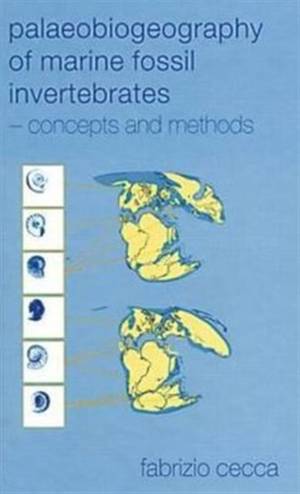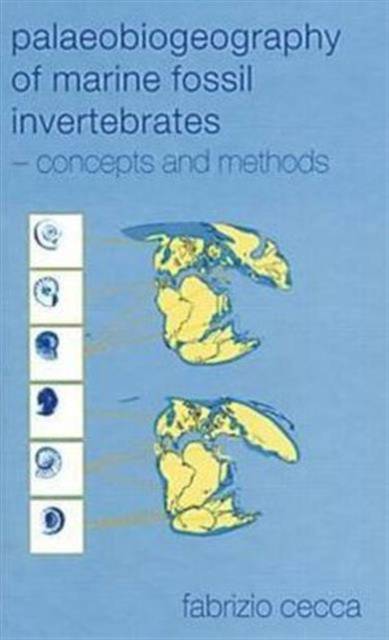
- Retrait gratuit dans votre magasin Club
- 7.000.000 titres dans notre catalogue
- Payer en toute sécurité
- Toujours un magasin près de chez vous
- Retrait gratuit dans votre magasin Club
- 7.000.000 titres dans notre catalogue
- Payer en toute sécurité
- Toujours un magasin près de chez vous
Palaeobiogeography of Marine Fossil Invertebrates
Concepts and Methods
Fabrizio Cecca
Livre relié | Anglais
168,95 €
+ 337 points
Description
Sitting squarely at the interface between earth and life sciences, palaeobiogeographic information is scattered throughout many publications. Until now. Palaeobiogeography of Marine Fossil Invertebrates covers important theoretical concepts relating to palaeobiogeography together with descriptions of analytical methods.
Fabrizio Cecca discusses general biogeographical concepts and the factors influencing distributional patterns and provides case histories that illustrate the concepts covered. Cecca uses the palaeobiogeography of fossil organisms to generate hypotheses on continental drifting, past migration routes, palaeobiodiversity gradients, geographic barriers, palaeoclimatic and paleooceanographic conditions. He explores the biogeographical dimension of biodiversity through the analysis of existing latitudinal and longitudinal gradients of biodiversity and discusses the biodiversity/area relationship with particular reference to sea-level variations. Much of the material in the book has been drawn from the author's personal research and experience in ammonites and the Mesozoic pelagic biotas. To avoid lack of balance, he includes carefully selected case histories based on other fossil groups and geologic periods. The book is primarily for students and researchers of geology and palaeontology who whish to gain an understanding of palaeobiogeography, but will also be of interest to marine biologists concerned with the biogeographic aspects of palaeontology and evolution.Spécifications
Parties prenantes
- Auteur(s) :
- Editeur:
Contenu
- Nombre de pages :
- 288
- Langue:
- Anglais
Caractéristiques
- EAN:
- 9780415287890
- Date de parution :
- 12-09-02
- Format:
- Livre relié
- Format numérique:
- Genaaid
- Dimensions :
- 137 mm x 225 mm
- Poids :
- 444 g







